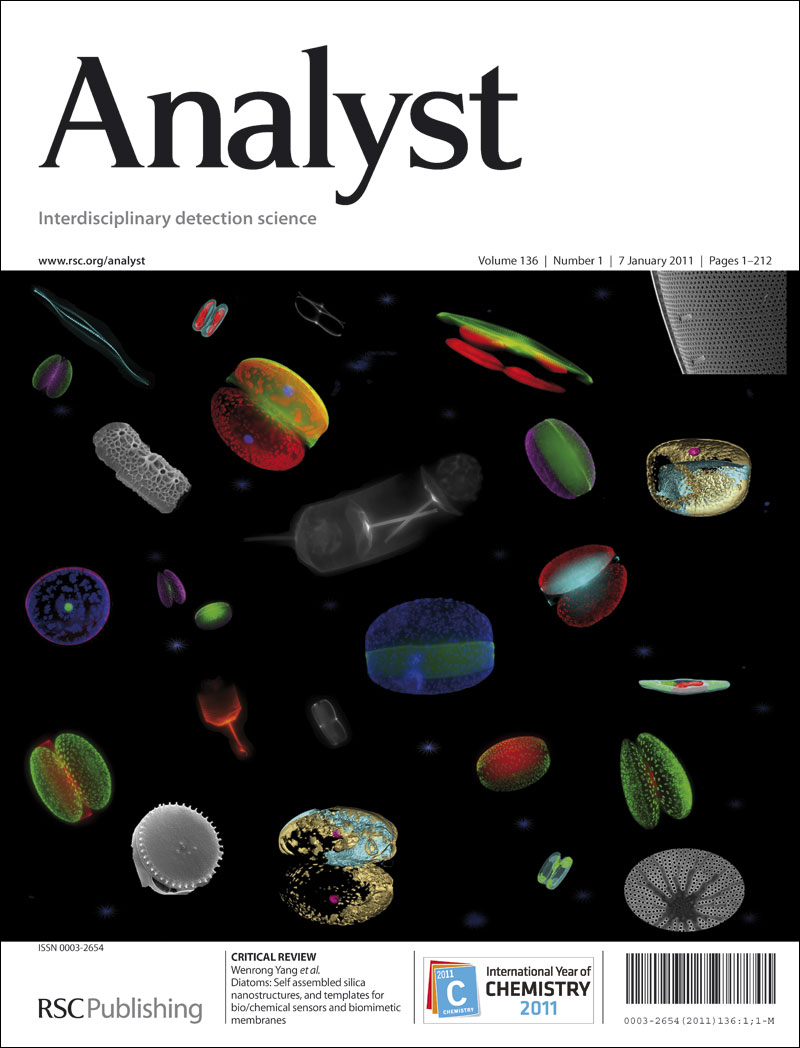A catalytic hairpin assembly system with sliding replication for the detection of piRNAs
IF 3.6
3区 化学
Q2 CHEMISTRY, ANALYTICAL
引用次数: 0
Abstract
As novel noncoding small RNA molecules, piRNAs play crucial roles in cancer development. However, due to their short sequences, easy degradation, and low abundance, developing specific detection methods is challenging. Rapid and early detection is important for the early clinical detection of tumours. Here, a novel one-step, dual-signal amplification piRNA detection system based on sliding replication and catalytic hairpin assembly (CHA), termed CTA, was developed for rapid, ultrasensitive and specific detection of piRNA-823. By utilizing the unique characteristics of tandem repeat sequences to improve amplification efficiency and fluorescence signal intensity, CTA achieved efficient target recognition and signal amplification by embedding tandem repeat sequences in one of the hairpin probes and utilizing chain displacement reactions to produce strong and detectable signals. CTA detected piRNA-823 with a low detection limit of 65.31 fM. Moreover, the whole detection process could be completed within 45 min. In addition, CTA performed excellently in the detection of cell and cancer samples, and its detection results were consistent with those of RT‒qPCR. More importantly, CTA was successfully applied to effectively differentiate between normal individuals and patients with colorectal cancer. These findings suggest its promising application in the diagnosis of cancer.求助全文
约1分钟内获得全文
求助全文
来源期刊

Analyst
化学-分析化学
CiteScore
7.80
自引率
4.80%
发文量
636
审稿时长
1.9 months
期刊介绍:
"Analyst" journal is the home of premier fundamental discoveries, inventions and applications in the analytical and bioanalytical sciences.
 求助内容:
求助内容: 应助结果提醒方式:
应助结果提醒方式:


